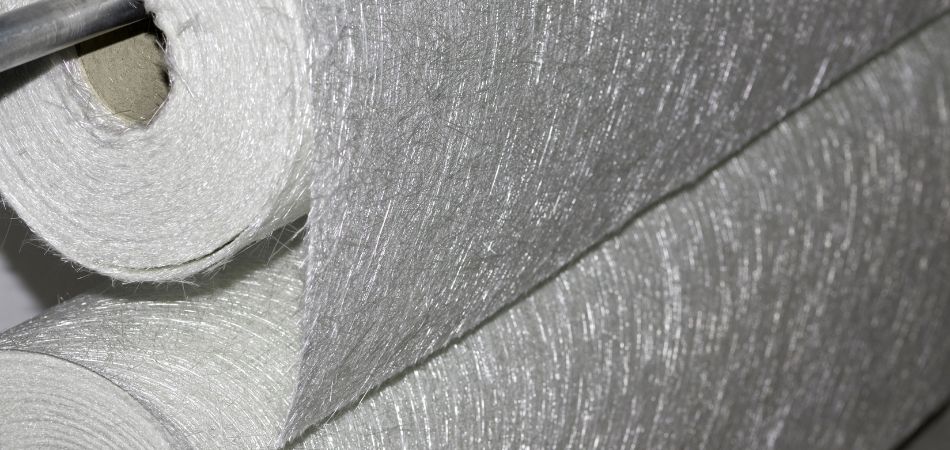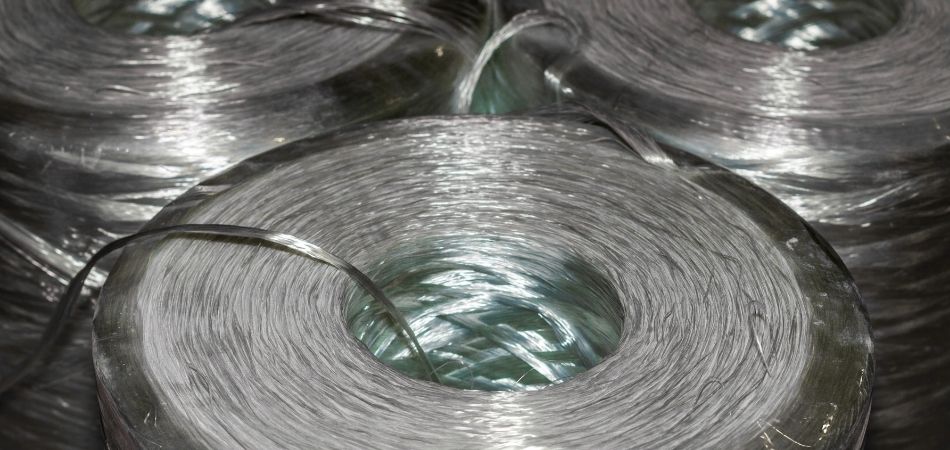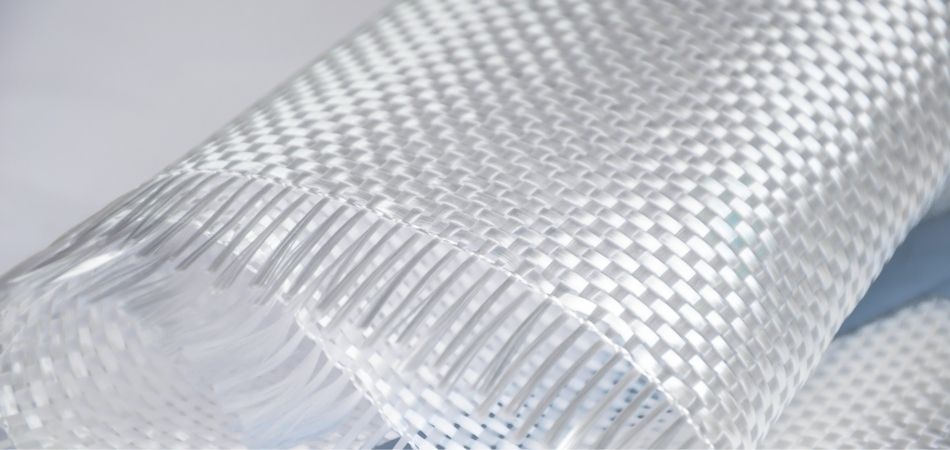Fiberglass and composite materials are taking on a central role in manufacturing. They influence how we create everything from cars to boats to medical devices. Their lightweight nature, strength, and flexibility make them essential in various industries.
As we move into 2026, several trends are emerging that are changing the landscape of composites. Manufacturers are looking for not just stronger materials, but also smarter, faster, and more sustainable methods for designing and producing components. Here’s a closer look at the top five trends that will shape fiberglass and composites in 2026.
1. Thermoplastic Composites: Speed, Strength, and Recyclability
Thermoplastic composites are increasingly replacing traditional thermoset resins in many applications. Unlike thermosets, thermoplastics can be reheated and reshaped without losing their mechanical properties. This offers a significant advantage in production speed and sustainability.
Why Thermoplastics Are Gaining Popularity
- Faster production cycles: Thermoplastics can be molded, cooled, and finished in hours instead of days, making them perfect for high-volume manufacturing.
- Durability and impact resistance: Thermoplastics perform well under repeated stress and in various environmental conditions, including heat, moisture, and UV exposure.
- Recyclability: Scraps and end-of-life components can be remelted and reused, which cuts down on waste and overall costs.
Real-World Applications
- Automotive industry: Electric vehicle manufacturers are increasingly using thermoplastic composites for battery housings, structural panels, and body components. These materials are lighter than steel or aluminum, improving energy efficiency and extending range.
- Aerospace: Thermoplastics enable lightweight, strong parts that can withstand extreme temperatures and repeated stress. Components like interior panels and non-critical structural parts are shifting to thermoplastics to reduce weight and enhance fuel efficiency.
- Marine and consumer products: Boat decks, hull reinforcements, and outdoor equipment benefit from their impact resistance, low maintenance needs, and recyclability.
The takeaway: Thermoplastics are not just an alternative; they are becoming the standard in industries that prioritize speed, weight reduction, and sustainability.
2. Material Innovation: Bio-Based, Hybrid, and Nano-Enhanced Composites
The materials themselves are changing quickly. Manufacturers are exploring bio-based resins, hybrid fibers, and nano-scale additives to create parts that are lighter, stronger, and more functional.
What’s Changing
- Bio-based resins: These are made from renewable sources like plant oils or lignin, which helps reduce reliance on petroleum while maintaining solid mechanical performance.
- Hybrid fibers: Using a mix of materials such as glass, carbon, or natural fibers allows engineers to fine-tune strength, stiffness, and weight in specific areas.
- Nano-additives: Tiny particles like graphene, carbon nanotubes, or nanoclay enhance mechanical, thermal, and barrier properties.
Why It Matters
- Performance optimization: Lighter parts that do not sacrifice strength enable vehicles and machines to run more efficiently.
- Sustainability: Bio-based and recyclable components have less environmental impact.
- Design flexibility: Engineers can create multifunctional parts that not only provide structure but also manage heat, reduce vibration, or resist wear.
- Applications and Industry Impact
- Wind energy: Blade manufacturers are adopting hybrid composites to produce longer, lighter, and stronger blades, which capture more energy while reducing stress on turbine structures.
- Medical devices: Lightweight, durable, and chemical-resistant composites are used in prosthetics, surgical tools, and support structures.
- High-performance automotive: Components such as chassis reinforcements, body panels, and structural supports increasingly use hybrid composites for better strength-to-weight ratios.
The takeaway: Material innovation is about more than just new fibers or resins. It’s about providing engineers the tools to achieve performance, efficiency, and sustainability at the same time.

3. Smart Manufacturing: Machines That Think Ahead
Digital technologies are changing how composites are produced. Sensors, artificial intelligence, and predictive analytics now enable manufacturers to monitor the entire production process in real time.
How It Works
- Embedded sensors: These monitor fiber placement, resin flow, temperature, and curing times during the molding process.
- AI analytics: They detect issues and predict defects before they happen, allowing for immediate fixes.
- Digital twins: Virtual simulations of production lines help optimize processes and cut down on downtime.
Benefits
- Consistent quality: Complex parts can be produced reliably, even in high volumes.
- Less waste: Predictive monitoring reduces scrap and rework.
- Efficiency: Faster production cycles with fewer mistakes.
Example in Practice
Vacuum forming– a key process at BLG- relies on precise heat and pressure control. By integrating smart sensors and data-driven monitoring, we at BLG ensure each part meets exact specifications.
The future: Smart manufacturing will evolve to fully adaptive production systems. Machines will adjust settings automatically in real time, improving yield, reducing energy use, and lowering costs.
4. Hybrid Manufacturing: Combining Techniques for Optimal Parts
No single method can solve every engineering problem. Hybrid manufacturing combines multiple techniques to create parts that are stronger, lighter, and more complex than traditional methods allow.
How It Works
- Vacuum-formed shells reinforced with fiberglass create sturdy, lightweight structures.
- 3D-printed inserts in composite molds shorten tooling time and enable more complex designs.
- Chopped and continuous fibers within one component provide strength where needed most without unnecessary weight.
Benefits
- Fewer assembly steps, which saves time and money.
- Strength and rigidity are applied only where necessary.
- Greater design flexibility for complex, functional shapes.
Applications
- Automotive: Interior panels, body reinforcements, underbody structures.
- Marine: Hulls, decks, superstructures.
- Industrial equipment: Lightweight enclosures and high-performance protective casings.
- Hybrid manufacturing allows BLG to produce custom, high-performance parts tailored to specific application needs, optimizing both cost and performance.

5. Sustainability: Designing with the Planet in Mind
Sustainability is now a necessity. Manufacturers are adopting recyclable composites, bio-based materials, and processes that minimize waste while abiding by regulations.
Key Strategies
- Recyclable thermoplastic fiberglass and bio-resins reduce reliance on raw materials.
- Reclaiming scrap and end-of-life components to reuse in new parts.
- Designing parts for easy disassembly supports circular use of materials.
Benefits
- Lower material costs throughout the product lifecycle.
- Compliance with increasingly strict environmental regulations.
- Enhanced brand reputation among eco-conscious consumers.
Industry Impact
- Wind energy: Recycled fiberglass is being used in new turbine blades.
- Marine: Hulls and decks are designed with recycling in mind.
- Transportation: Automakers are incorporating sustainable composites for both interior and exterior components.
The takeaway: Sustainability is not just beneficial for the environment. It also improves efficiency, reduces costs, and meets customer expectations.
Looking Ahead: What 2026 Holds for Composites
The future of fiberglass and composite materials looks bright. Advancements are converging to start a new era of high-quality, high-performance, low-waste sustainable products.
We at BLG Fiberglass use our decades of experience and modern innovation in our process. With vacuum forming, advanced materials, and sustainable practices at our disposal, BLG is developing components that are lighter, less arduous to manufacture, stronger, and more intelligent than ever.
Companies willing to dive into these trends in the coming decade will emerge as the leaders in composite manufacturing, producing products that are environmentally responsible, safe, efficient, and, of course, addressing the demands of performance-heavy industries.

